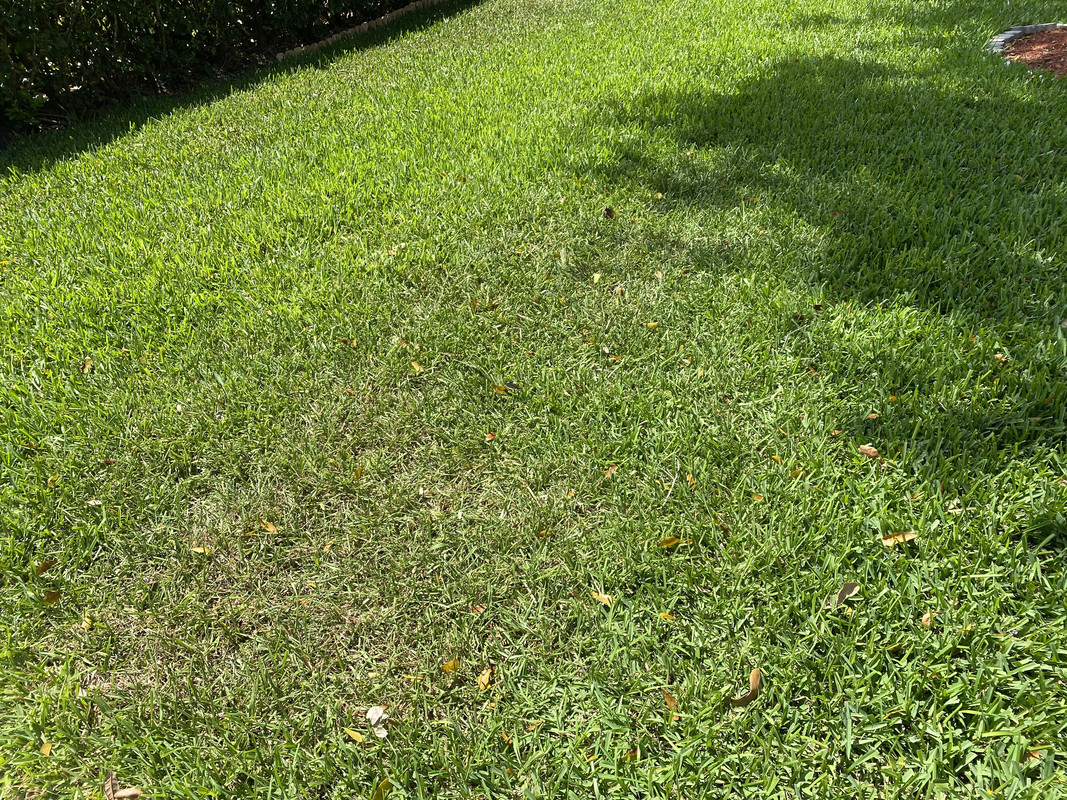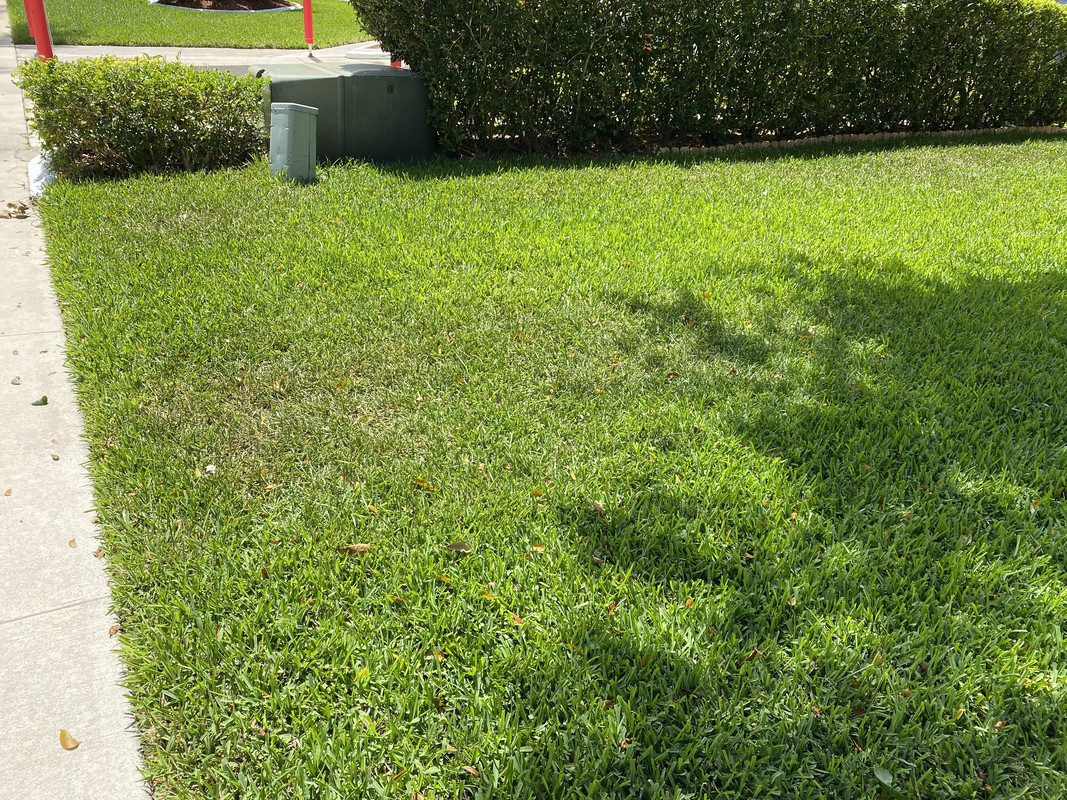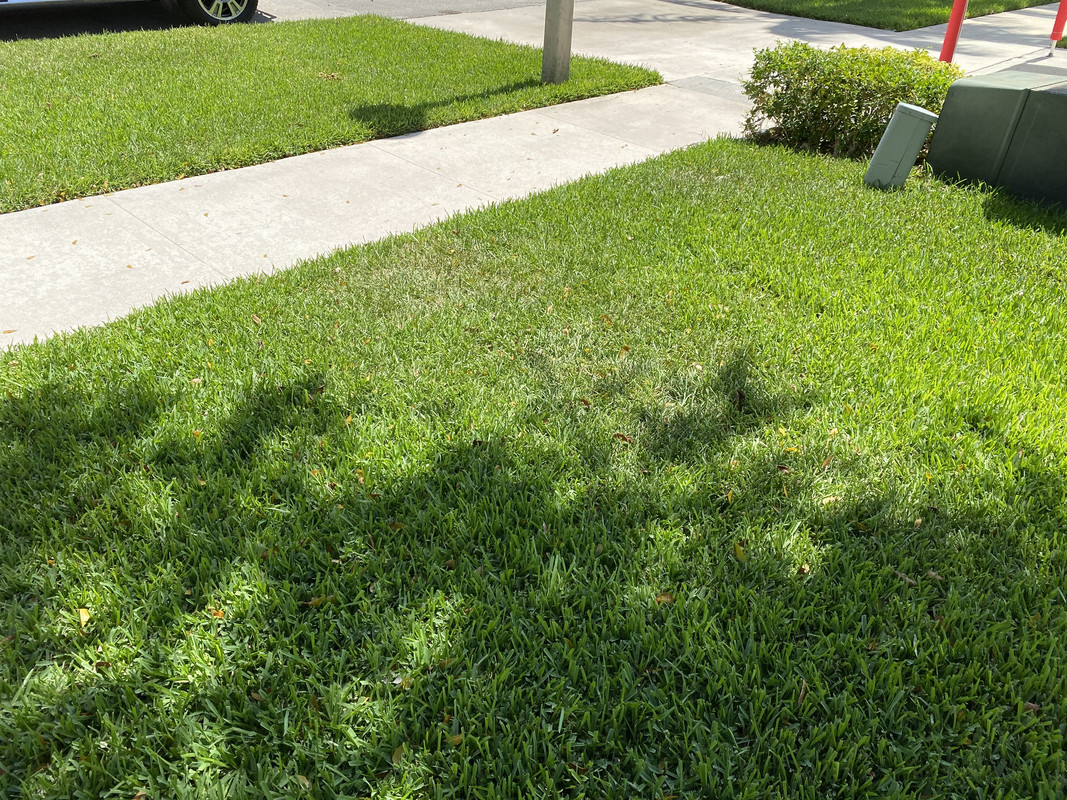Hi, everyone.
So, I have Palmetto St. Augustine sod that was laid in November and it has struggled, but finally is turning a thick green!
Well, except for this one problem... there are these (what I can only describe as) gray, dry patches that keep coming back even after I water. I regularly water and fertilize my lawn
We even got rain last night, yet I come out this morning and these parts are bone dry (see attached pictures). It looks a lot worse in person...
I've applied RGS, Humic, and Air8 to all these areas, yet the grass keeps drying up to a gray straw. What can I do to fix this?



So, I have Palmetto St. Augustine sod that was laid in November and it has struggled, but finally is turning a thick green!
Well, except for this one problem... there are these (what I can only describe as) gray, dry patches that keep coming back even after I water. I regularly water and fertilize my lawn
We even got rain last night, yet I come out this morning and these parts are bone dry (see attached pictures). It looks a lot worse in person...
I've applied RGS, Humic, and Air8 to all these areas, yet the grass keeps drying up to a gray straw. What can I do to fix this?







